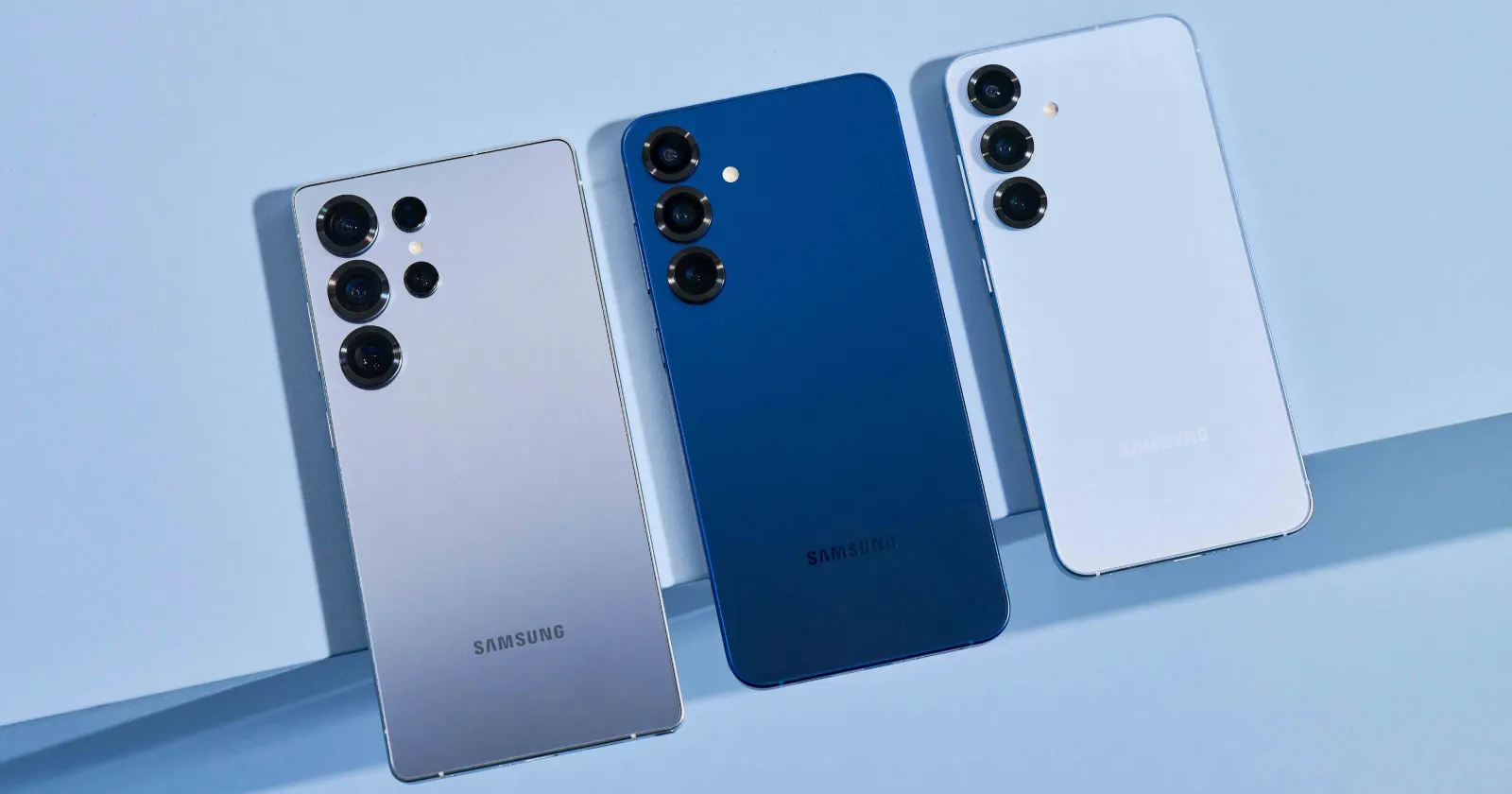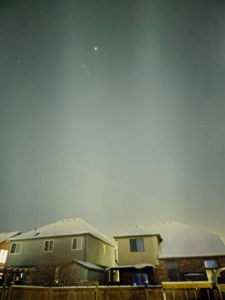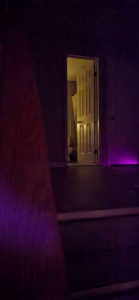Update 13/02/25: Samsung has provided an update on the situation around the blurry photos on the Galaxy S25 Ultra when shooting in night mode, and here are the details.
Original article follows:
When Samsung unveiled the Galaxy S25 series, the tech world held its breath. Promising cutting-edge camera technology, the S25 was supposed to be the ultimate tool for capturing life’s moments in stunning detail. But as early adopters began snapping away, a chorus of complaints emerged, painting a picture of frustration and disappointment. From blurry images to overprocessed night shots, the S25’s camera issues have become the talk of the town.
The complaints are as consistent as they are concerning. Users report that the S25’s rear camera struggles with focus, particularly in indoor settings. Static objects, which should be a breeze to capture, often come out blurry or lack sharpness. Even more baffling is the fact that the live view on the screen looks crystal clear, but the final image — after the dreaded spinning circles finish their processing dance — ends up looking like a watercolor painting gone wrong.
One user lamented that their older Galaxy S21+ took better photos despite having lower megapixels. Another described the S25’s low-light performance as “aggressively overprocessed,” with images resembling oil paintings riddled with artifacts. And let’s not forget the mysterious grid lines that appear in night mode shots, turning what should be a starry sky into a pixelated mess.
While some users report improvements in shutter lag compared to previous models, others are still grappling with the age-old problem of capturing moving subjects. As one insightful commenter explained, fixing shutter lag isn’t just a quick software tweak — it’s a fundamental rethinking of how the camera processes images.
Cameras rely on a delicate balance between shutter speed (how long the camera “stares” at the scene) and ISO (the sensor’s sensitivity to light). A faster shutter speed reduces blur but can result in darker images, while a higher ISO brightens the shot but introduces noise. Samsung’s current approach seems to prioritize minimizing noise over freezing motion, which is great for still life but a nightmare for capturing kids, pets, or anything that moves faster than a sloth on a lazy Sunday.
Google’s Pixel phones, on the other hand, take a “shoot first, clean up later” approach. They prioritize fast shutter speeds to freeze action, then use advanced algorithms to clean up the noise. It’s a method that works wonders for action shots but comes with its own set of quirks, like occasional color bleaching or artifacts. Samsung, it seems, is stuck between a rock and a hard place, trying to balance image quality with speed—and users are paying the price.
This isn’t the first time Samsung has faced backlash over its camera software. The biggest culprit? Samsung’s post-processing algorithms. While raw hardware capabilities have improved, the software tasked with refining those images appears to be overzealous, crushing details, adding unnecessary sharpening, and making natural textures look artificial. Unlike competitors like Google and Apple, which lean heavily on AI for computational photography, Samsung’s approach seems to be struggling to balance detail retention with noise reduction, leading to unpredictable results. And now, the Galaxy S25 series seems to be amplifying those problems instead of fixing them. Check out this YouTube video that dives deeper into the shutter lag issue, including comparisons with other devices.
The good news? Some early tests, like those from Android Authority, suggest that Samsung has made strides in reducing shutter lag on the S25. But as Tom’s Guide points out, the phone’s night mode still has a glaring glitch that leaves users frustrated.
Samsung’s forum moderators have been quick to offer troubleshooting tips, from resetting camera settings to disabling scene optimizer. They’ve also hinted that software updates could address some of these issues. But for many users, these fixes feel like band-aids on a bullet wound. After shelling out top dollar for a flagship device, they expect perfection — or at least something close to it.
TechIssuesToday primarily focuses on publishing 'breaking' or 'exclusive' tech news. This means, we are usually the first news website on the whole Internet to highlight the topics we cover daily. So far, our stories have been picked up by many mainstream technology publications like The Verge, Macrumors, Forbes, etc. To know more, head here.






Gabriel Santana07-03-2025
We shouldn't accept such a shame from any company. This phone costs top dollar just for you to open the camera and see those blury, horrible pictures. I returned my unit. If Samsung doesn't fix it on future S phones, I'll be switching to iPhone.
Reply